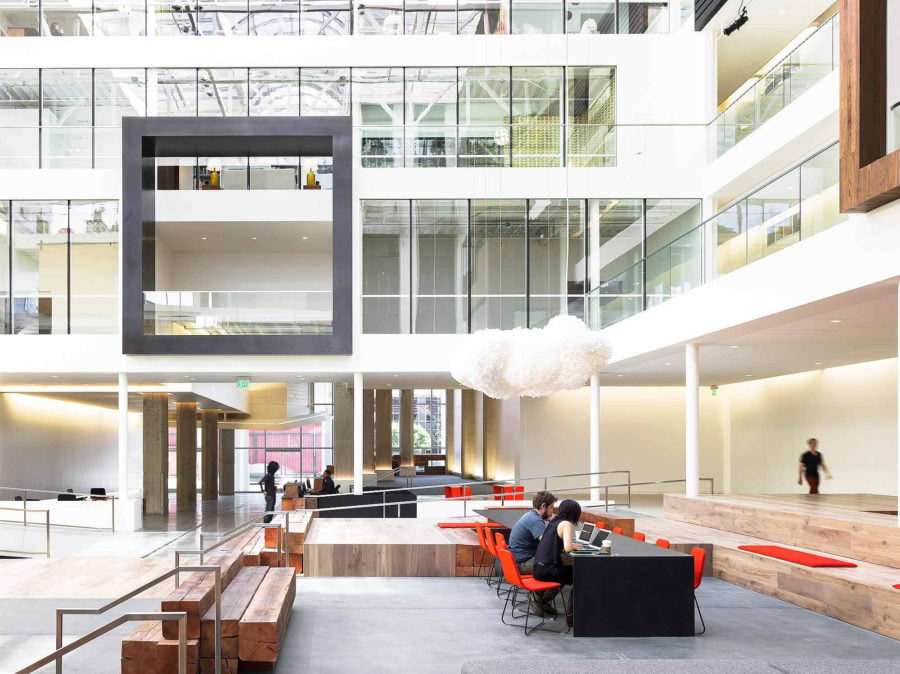Interview by Josh Lee | Edited by Jennifer Lim Wei Zhen
TechLaw.Fest 2018 will take place from 4 to 6 April 2018 in Singapore, bringing together the movers and shakers in the space of Technology Law and Legal Technology. In the lead-up to TechLaw.Fest, the LawTech.Asia team will be bringing to you regular interviews and shout-outs covering prominent speakers and the topics they will be speaking at TechLaw.Fest.
This week, LawTech.Asia sat down for a chat with Professor Warren Chik, Associate Professor of Law at the Singapore Management University (SMU) School of Law. Among other things, Prof Chik specialises in topics such as Innovation, Technology and the Law.
At TechLaw.Fest 2018, Prof Chik will be moderating a discussion titled, “Smart Regulation for a Smart Nation”, which features a diverse panel of representatives from the private sector, lawyers, regulators and the finance industry. He will also be a participating in a panel on “Wising-up to the Mass Distribution of False Information”.

Image credit: SMU School of Law
Smart technology is the bedrock of the Smart Nation initiative. What are the regulatory approaches available for the regulation of smart technology?
Preliminarily, it’s important to remember that the kinds of regulation needed in one field may be different from the type of regulation needed in another field. So, for instance, the regulation of data may be different from the regulation of the finance industry.




